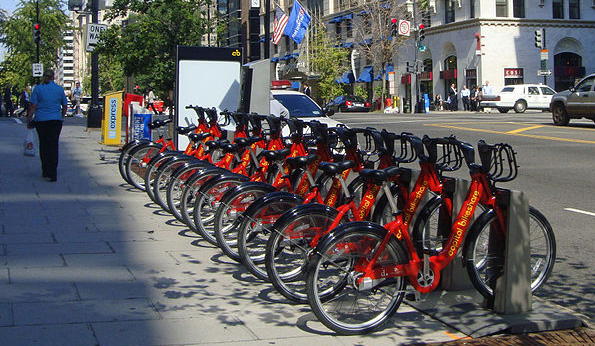
I admit, I’m having a few withdrawal symptoms from my week in Colorado, working pro bono for Yampa Valley Data Partners. I was one of nine graphic designers selected to attend the inaugural Steamboat Design Camp, held in picturesque Steamboat Springs. Back in Baltimore, there is no pre-work hike traversing waterfalls and taking in gorgeous vistas, no daily breakfasts delivered by fellow generous Yampa Valley Design Guild members, and there’s definitely no trace of black garlic infused scotch for added inspiration. What is left simmering, however, is the inspiration and energy from doing said thing, and a slight transformation of perspective—inside and out. We accomplished what we set out to do (reminding ourselves that sharing stories and trading tips wasn’t going to get the real work done), which was come together from various backgrounds and different parts of the country to collaborate and learn and ultimately deliver an identity system for our selected nonprofit.
Our client was Yampa Valley Data Partners, a regional nonprofit organization of Routt and Moffat counties that provides community information and data to small business owners, developers and other community members. YVDP facilitates discussions and regional forums based on indicator data and issues critical to the community. In layman’s terms, this translates into a lot of charts and graphs, which is a challenge in itself. But Executive Director Kate Nowak’s bigger issue was an outdated logo and lack of consistent branding; something that wasn’t helping raise awareness about the organization or its mission.
On day one we started learning as much as we could about YVDP and jotting down ideas and sketching doodles. By late that evening we were transferring those thoughts to computer comps and adding color palettes and tagline suggestions. (Why we didn’t go with “We have more elk than people,” I’ll never know.) We discussed and critiqued and somehow decided on our top three to present to the client without scratching each other’s eyes out. Kate was overjoyed with our efforts and gave good feedback and asked the right questions in return. We then split into two groups in order to divide and conquer the rest of the materials. The logo team further refined the brand and built out the brand guidelines and stationery, and the publication team developed various collateral pieces and ad templates.
Collectively, we did a lot in five days. It would have been fun to take it further, to go beyond the list of everyday templates and items necessary for running a business, understanding that sometimes those are the most essential and should take priority. The subject matter itself practically begs for a microsite or app to help present such complex information in a user interface designed with the audience in mind. I wanted to do more research; find out why the community didn’t know about YDVP and ask those who did, how they used the information for their respective projects. To find out what marketing channels or media outlets would provide the most bang for the buck. But yeah … it was only five days.
We all came to Camp for various reasons, although one common thread among us was the desire to participate collectively. Many of the other attending designers work alone or have had little experience working with other designers in their community. Collaboration is a controversial theme in many graphic design discussions. In Ellen Lupton’s AIGA article, Why Collaborate?, she comments, “I’d love to collaborate, as long as I can work alone.” Can’t say I don’t share some of her sentiment.
Does collaboration achieve a better design end-product or does it potentially water it down by combining ideas and introduce mediocrity by way of democracy? When design is something so individual and subjective, how is a consensus reached? In other fields, there also might be many ways to solve a problem but the clear solution is the one backed by evidence and which minimizes risk. Collaboration as a concept in design is monumental, but it takes skill to execute it successfully and gain productive insight from it. We can reach higher and do better work when we partner with others if we let down our guard and listen. (And if everyone makes a comparable contribution.)
I’d encourage every designer to try forming an impromptu team and help out a nonprofit or tackle a social issue. See what bubbles up. You’ll walk away learning a lot about yourself in the process.
About Steamboat Design Camp: It’s a camp for designers that want to use their creativity to benefit a Steamboat non-profit organization. Coordinated by the Yampa Valley Design Guild, SDC is an intense collaborative design experience–from initial meetings to energetic brainstorming…design iterations to the final launch party. It is also a chance to get inspired, and see firsthand how the designs you do can bring positive change in the very communities we all work and live in.
Thanks to Todd and Lisa and the rest of the Guild for organizing this inaugural event and I hope that it continues to inspire and encourage social designers from all over in the future.








